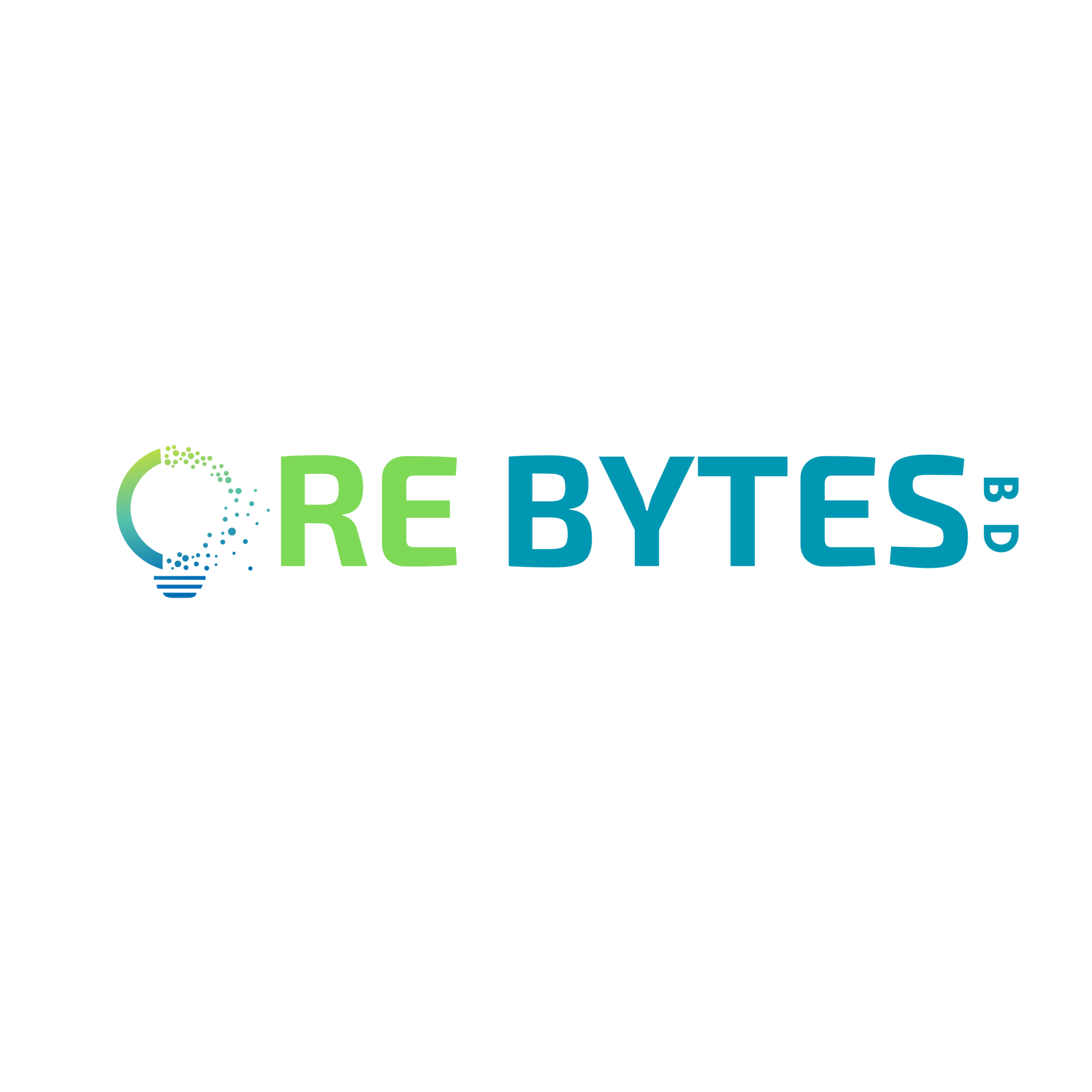In the digital age, marketers are continuously seeking innovative ways to capture the attention of their audiences. With the rise of online advertising and an increasing reliance on data-driven strategies, the need to understand consumer behavior has never been greater. This is where neuromarketing comes in – a powerful intersection of neuroscience and marketing that helps unlock the secrets of consumer decision-making.
Neuromarketing strategies tap into the psychology behind how people think, feel, and act when exposed to marketing stimuli. By understanding the brain’s responses, marketers can design more effective digital campaigns that engage consumers on a deeper level. In this blog post, we’ll explore the key neuromarketing strategies that can elevate your digital campaigns and provide real, measurable results.
What is Neuromarketing?
Neuromarketing is the practice of applying principles from neuroscience to marketing. It involves studying how the brain reacts to various marketing stimuli, such as advertisements, product designs, and brand messages. By understanding these neural responses, businesses can craft marketing strategies that resonate with consumers at a subconscious level.
Neuromarketing is based on the idea that emotions often drive decisions more powerfully than logic. In fact, studies have shown that a large part of consumer decision-making happens in the subconscious mind. This means that what consumers think they want may not always align with what they truly desire on a deeper, emotional level. Neuromarketing aims to bridge this gap by utilizing psychological and physiological data to improve marketing strategies.
How Neuromarketing Works in Digital Campaigns
When implemented in digital campaigns, neuromarketing strategies allow marketers to understand how people’s brains respond to specific elements, like website design, social media posts, email content, and digital ads. These insights help craft more personalized and engaging content that drives conversion.
Let’s dive into some of the most effective neuromarketing strategies that can significantly improve your digital marketing efforts:
1. Emotional Appeals: Connecting with Consumers’ Feelings
One of the most powerful tools in neuromarketing is the use of emotional appeals. Research has shown that consumers are more likely to make purchasing decisions based on emotions rather than logic. Emotional responses often happen much faster than rational thoughts, meaning that a brand’s ability to trigger a strong emotional reaction can make a significant difference in the effectiveness of a campaign.
In a digital marketing context, emotional appeals can be used in ads, videos, blog posts, and other content formats. For instance, a heartfelt video that tells the story of how a product improves lives or solves a problem is more likely to create a deep emotional connection with consumers. Using emotions such as happiness, nostalgia, excitement, or even fear can drive engagement and ultimately lead to higher conversion rates.
2. Color Psychology: The Power of Colors in Marketing
Colors have a profound effect on human emotions and behavior, which makes color psychology an essential component of neuromarketing. Different colors evoke different emotional responses, and incorporating the right color palette in your digital campaigns can enhance the impact of your messaging.
For example:
- Blue is often associated with trust and reliability, making it ideal for financial services or tech companies.
- Red triggers urgency and excitement, which is why it’s commonly used in sales and clearance ads.
- Green is linked to health, growth, and sustainability, making it popular in eco-friendly product marketing.
By strategically using colors in your website design, digital ads, and social media posts, you can influence consumer perceptions and guide them toward taking desired actions.
3. The Scarcity Principle: Creating Urgency
One of the oldest tricks in the book, scarcity, plays a vital role in neuromarketing. The concept of scarcity triggers a fear of missing out (FOMO), which is a powerful motivator for consumers to act quickly. This principle is grounded in the psychological idea that we place more value on things that are perceived to be rare or in limited supply.
In the context of digital campaigns, you can use scarcity tactics in several ways:
- Limited-time offers: Using countdown timers on your website or in email campaigns creates urgency, encouraging customers to purchase before time runs out.
- Low stock alerts: Displaying a message such as “Only 3 left in stock” encourages consumers to make a quick decision before the product runs out.
By highlighting the limited availability of a product or service, you increase the perceived value and motivate consumers to act faster.
4. Social Proof: Harnessing the Power of Others’ Opinions
Humans are social creatures, and social proof plays a significant role in consumer behavior. Consumers tend to trust the opinions of others, especially when making purchasing decisions. This concept is based on the idea that if others approve of a product, it must be good.
In digital marketing, social proof can be applied in various ways:
- Customer reviews and ratings: Showcasing positive reviews and testimonials on your website or social media adds credibility and trustworthiness to your brand.
- Influencer endorsements: Partnering with influencers who align with your brand can influence their followers’ purchasing decisions.
- User-generated content: Sharing photos or videos of real customers using your product helps build social proof and encourages others to try it out.
Including social proof in your digital campaigns can increase consumer trust, improve brand credibility, and drive higher conversions.
5. Personalization: Crafting Tailored Experiences
Consumers are more likely to engage with content that is relevant to their needs and interests. Personalization in neuromarketing allows you to create tailored experiences that make consumers feel understood and valued. By leveraging data from consumer behavior, such as browsing history, purchase patterns, and demographics, you can deliver personalized content, offers, and recommendations.
For instance:
- Personalized email campaigns: Use a customer’s name and suggest products based on their previous purchases.
- Customized landing pages: Show relevant content to visitors based on their location or past interactions with your brand.
- Product recommendations: Suggest items based on the user’s browsing history or preferences.
Personalization builds a stronger connection with your audience and increases the likelihood of turning prospects into loyal customers.
6. Storytelling: Creating Emotional Narratives
Humans are wired to respond to stories. When you tell a compelling narrative that resonates with your audience, you engage both their emotions and their attention. Storytelling in neuromarketing allows brands to create deeper connections by weaving their message into a story that customers can relate to.
Whether it’s through a brand video, a blog post, or social media content, storytelling allows you to position your product as part of a larger, relatable narrative. When done well, storytelling evokes empathy and strengthens the emotional bond between the consumer and the brand, ultimately driving sales.
Conclusion
Neuromarketing strategies provide valuable insights into the subconscious factors that influence consumer behavior. By incorporating emotional appeals, color psychology, scarcity, social proof, personalization, and storytelling into your digital campaigns, you can significantly improve your brand’s ability to engage and convert customers.
In today’s competitive digital landscape, understanding the psychology behind consumer decisions is more important than ever. By leveraging neuromarketing techniques, you can create campaigns that not only capture attention but also drive real, measurable results. So, if you want to take your digital marketing to the next level, consider integrating neuromarketing strategies into your next campaign and watch the difference it makes!
Want a full audit of your website? Check out our services




